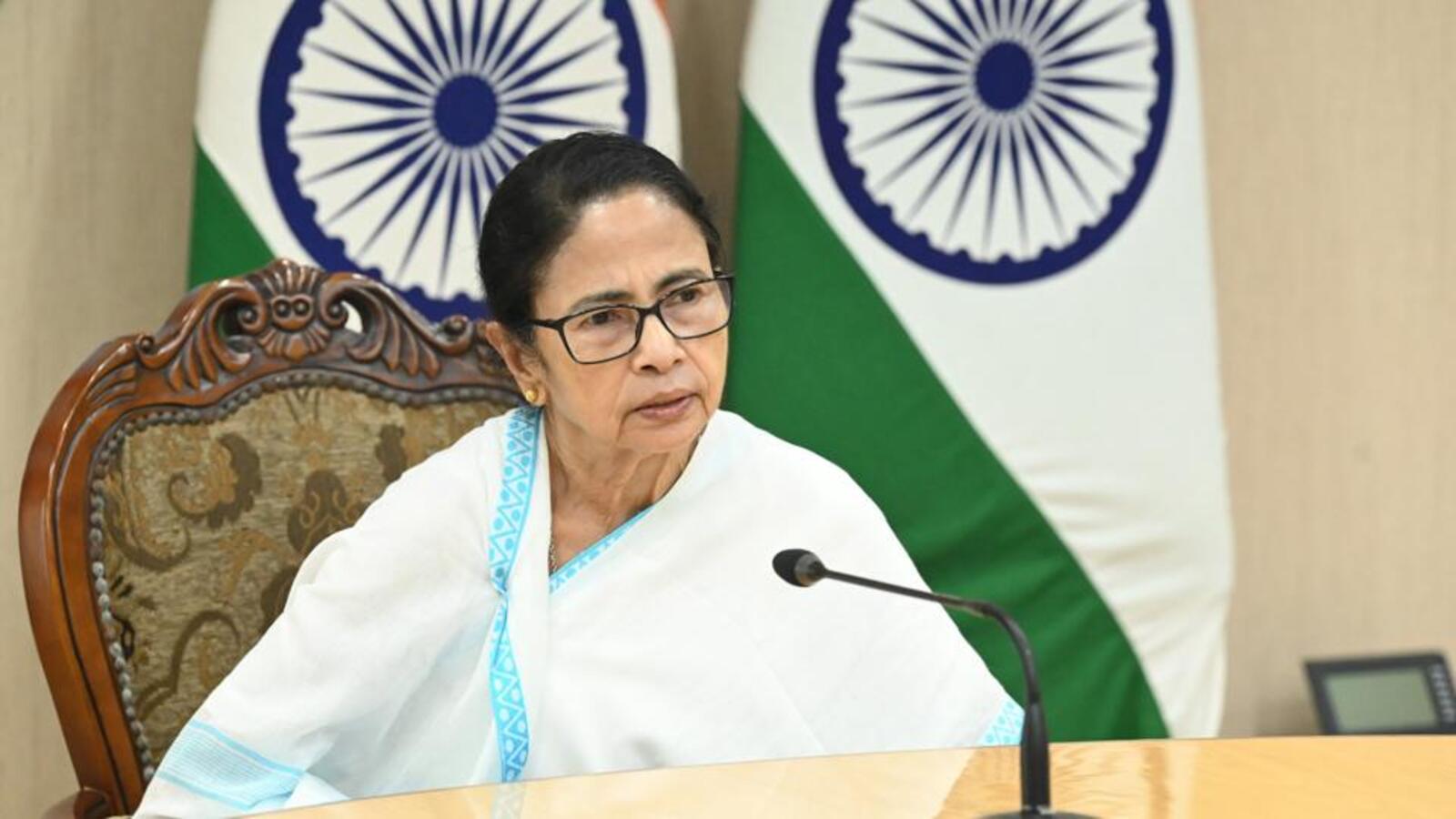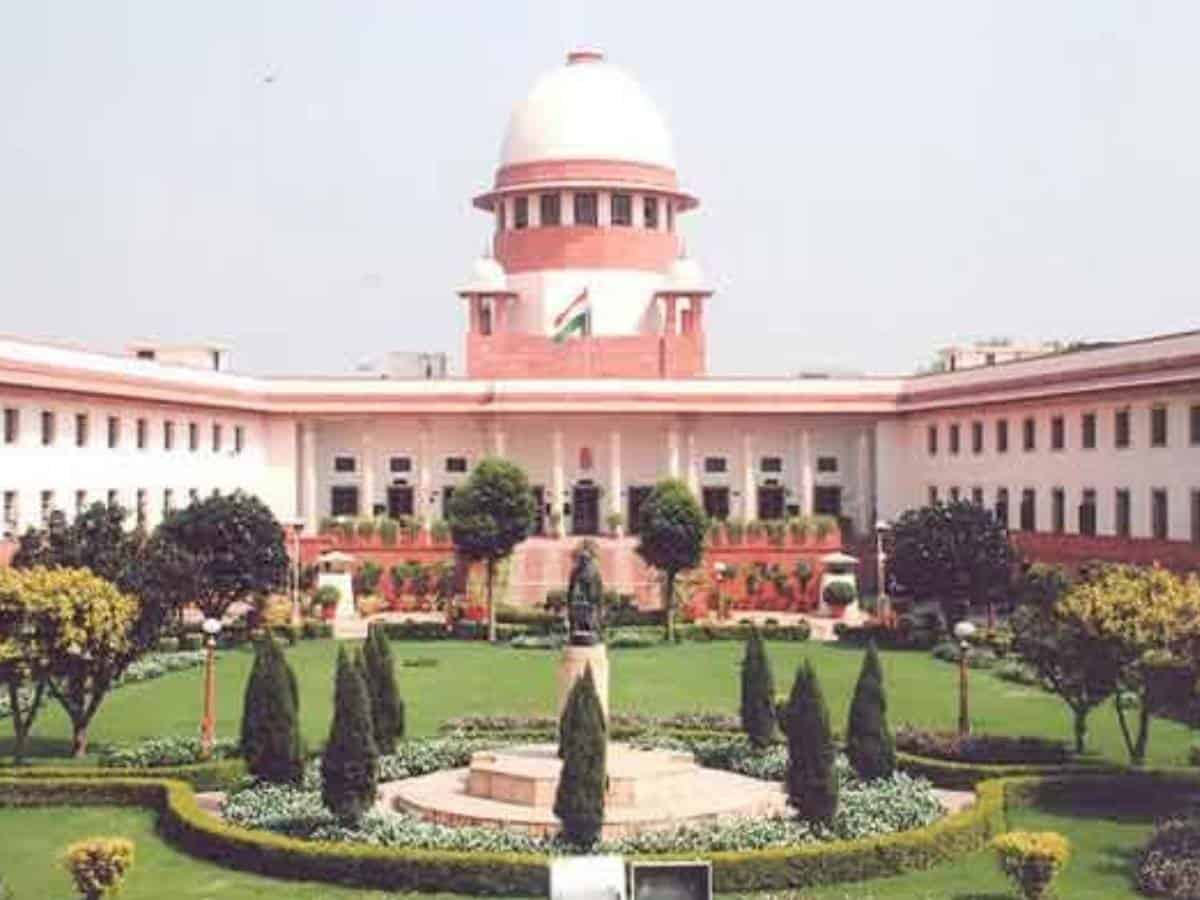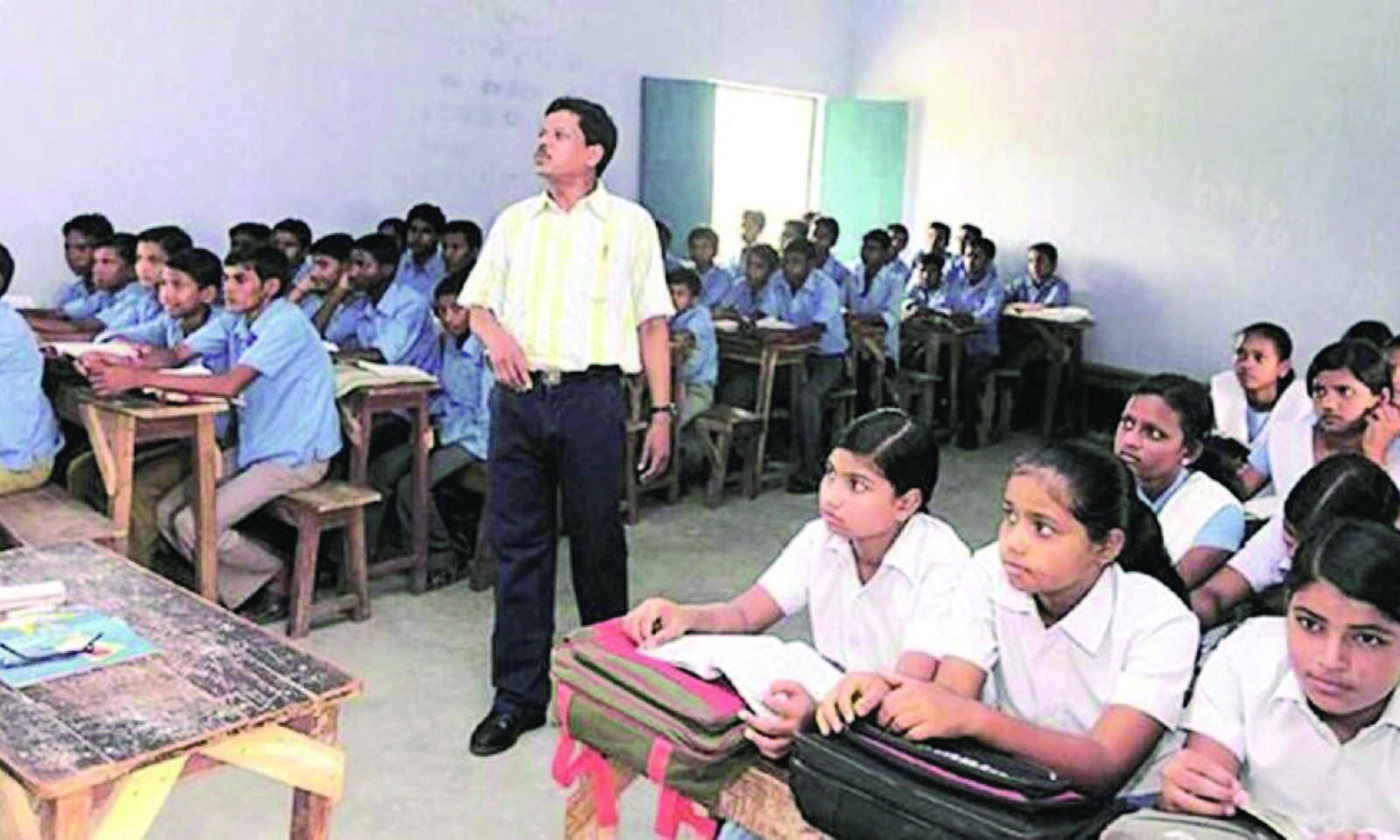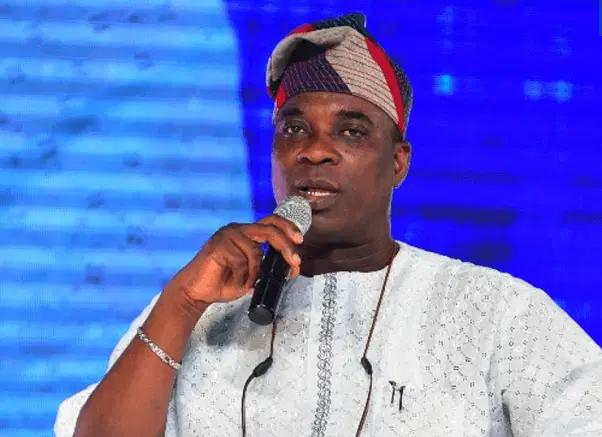Baby Chakraborty | KalimNews | Kolkata | June 21, 2025 : With the monsoon now firmly established and heavy rainfall already triggering alarm, West Bengal Chief Minister Mamata Banerjee convened an emergency high-level meeting at Nabanna on Friday to assess and coordinate immediate flood response efforts in South Bengal. The region, vulnerable due to a chronically strained drainage system and the rising water levels in major rivers, is bracing for what officials warn could be the worst monsoon flooding since 1978.
The Chief Minister, acutely aware of the mounting risk, spoke directly with administrative officials in the affected districts, using the phone of Chief Secretary Manoj Pant during the meeting. She issued strict instructions for real-time monitoring and rapid mobilization of relief measures across multiple districts. Responsibilities have been distributed among senior ministers, with each assigned to specific flood-prone areas to oversee preparedness and response on the ground.
According to Nabanna sources, Minister Pulak Roy will supervise operations in Amta and Udaynarayanpur in Howrah, Manas Bhuiyan will monitor developments in West Midnapore, Firhad Hakim is tasked with overseeing Goghat in Hooghly, and Malay Ghatak has been assigned to the Bankura-Purulia belt. The government is also coordinating with local administrations to ensure swift responses where needed.
In parallel, a state-level briefing was held by the Chief Secretary with District Magistrates a day prior, underlining the seriousness of the situation. Relief materials—including tarpaulin sheets, dry rations, clean clothes, essential medicines, and drinking water—have already been dispatched to district stockpiles, allowing for immediate distribution once floodwaters begin affecting civilian areas.
The National Disaster Response Force (NDRF) is currently on high alert and has been stationed strategically across vulnerable zones to assist in evacuation and relief operations. Over 50 rescue camps have been set up, providing shelter, food, water, and basic medical care for displaced residents.
Despite these measures, tensions have resurfaced between the state and central governments. Irrigation Minister Manas Bhuiyan expressed sharp criticism of the Centre, particularly over delays and inaction in desilting operations by the Damodar Valley Corporation (DVC). While the DVC has historically been blamed for contributing to downstream flooding due to poor water management, state officials now emphasize that the crisis cannot be resolved by scapegoating a single entity. Instead, they are pushing for long-term structural improvements and better inter-state coordination, especially with Jharkhand, where upstream releases significantly impact South Bengal’s floodplain.
The Indian Meteorological Department (IMD) has offered a small window of relief, predicting a temporary dip in rainfall intensity over the next two days. However, officials are not taking any chances, citing past experiences where a brief lull was quickly followed by torrential downpours. Preparations remain aggressive and proactive, especially in low-lying and river-adjacent zones.
As flood response operations scale up, public attention is also turning toward the distribution of relief materials, an area historically marred by allegations of nepotism and corruption. Civil society groups and local watchdogs are calling for transparency and accountability in relief logistics this time around.
Chief Minister Mamata Banerjee has made it clear that the state cannot afford complacency. With lessons learned from past disasters and this year’s monsoon already exceeding expectations, the administration is under pressure to protect lives, property, and public trust in the days ahead.








